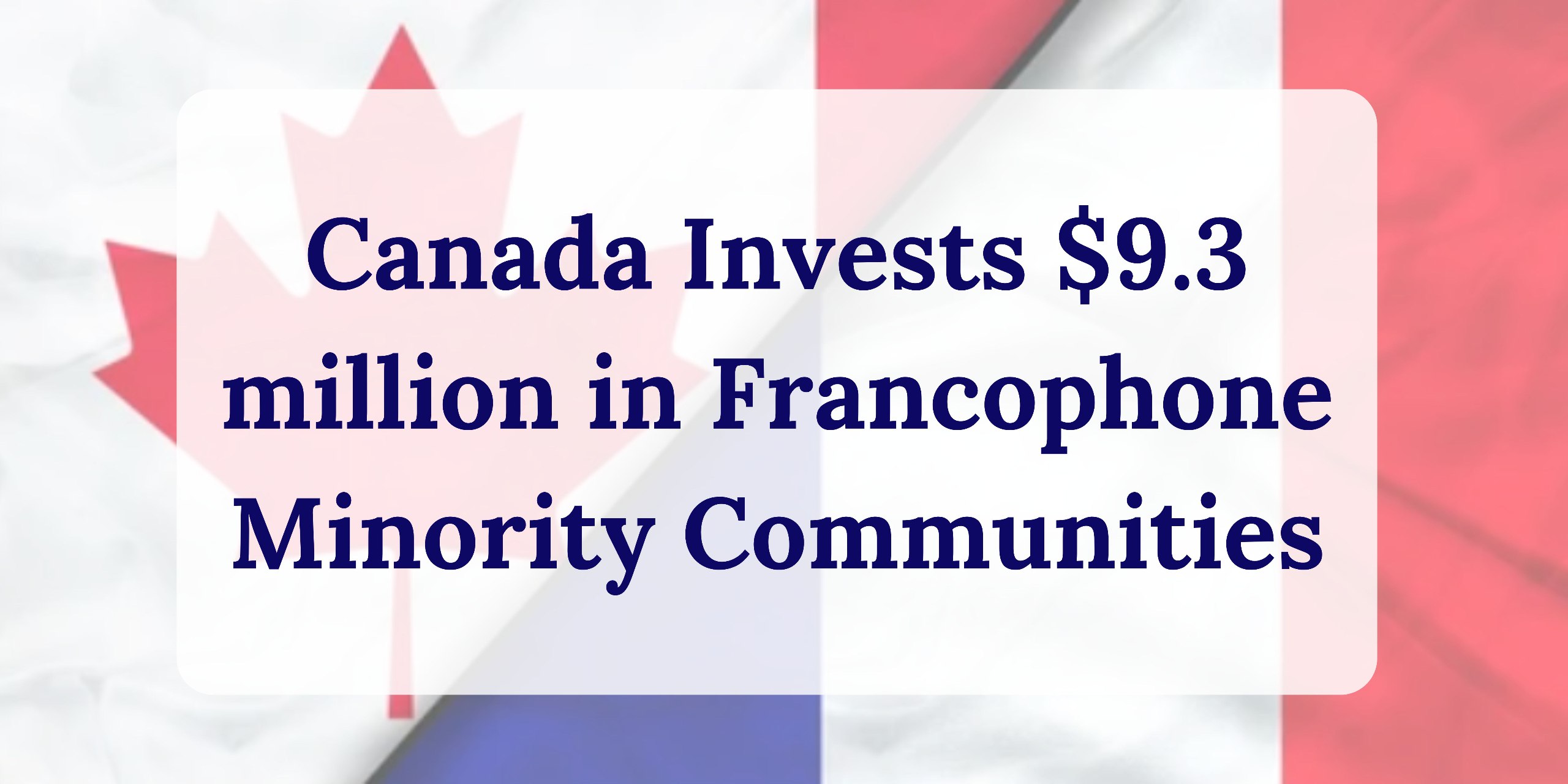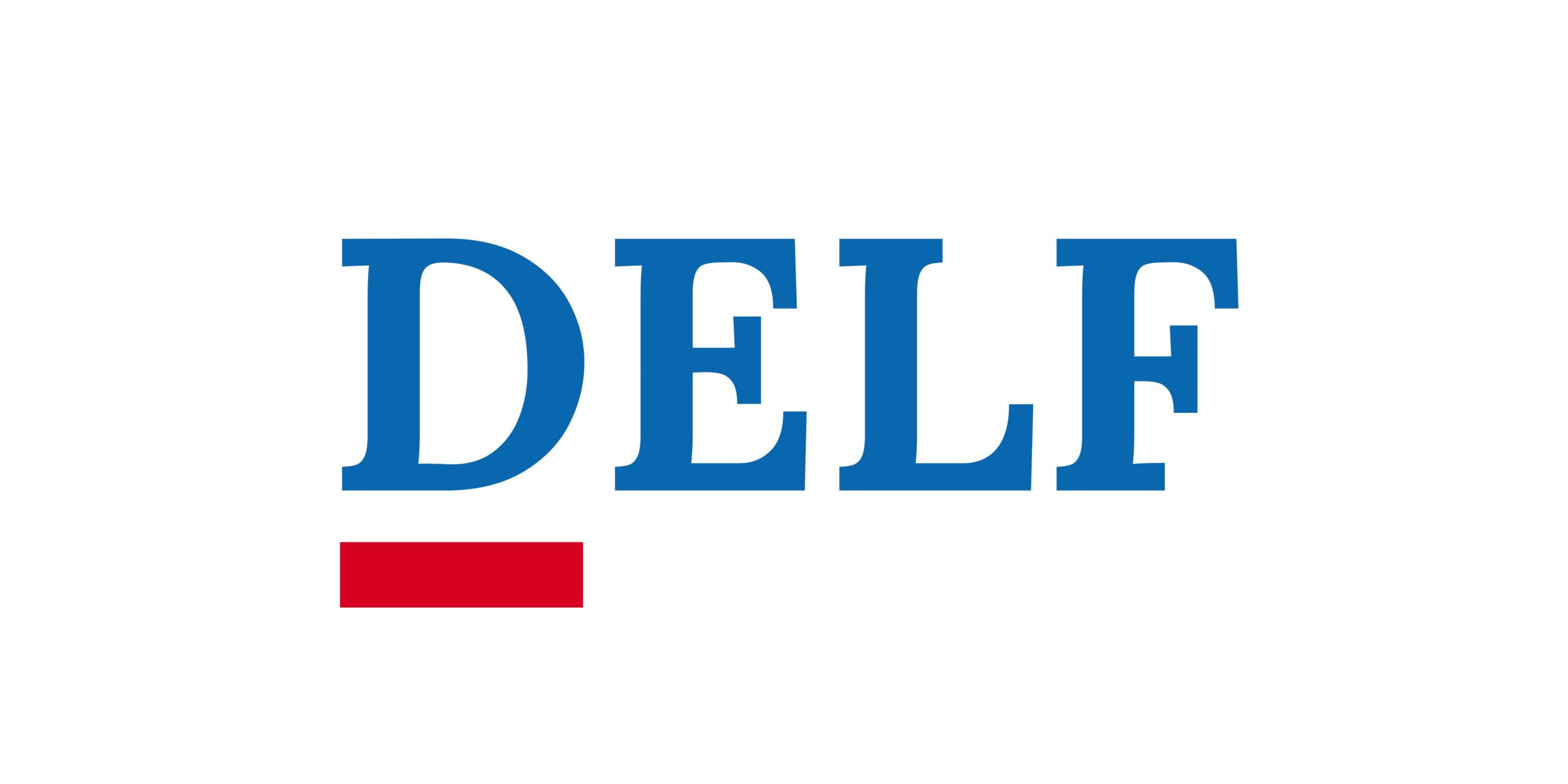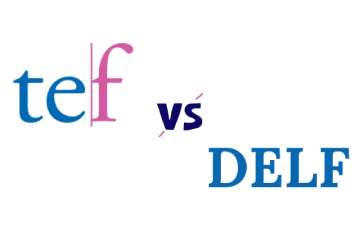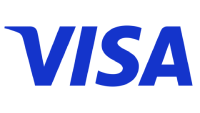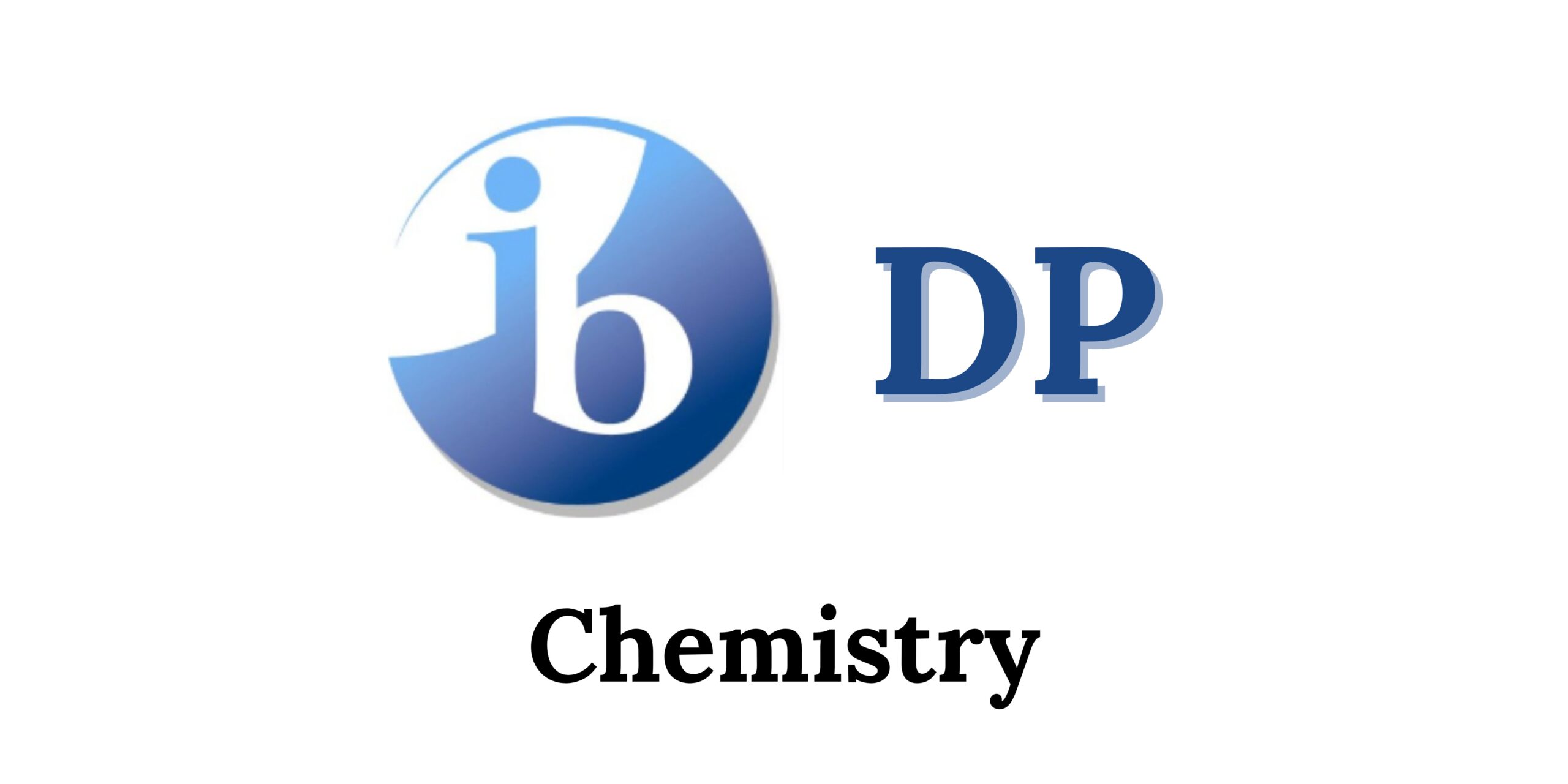
DP chemistry engages students with current scientific issues and real-world contexts, fostering interest and curiosity. The course, available at standard (SL) and higher levels (HL), is based on approaches to learning, the nature of science, and chemistry study skills. SL requires 150 hours, and HL requires 240 hours. Learning occurs through classroom and laboratory scientific inquiry, emphasizing inquiry skills and formal communication. A collaborative science project enhances interdisciplinary communication.
The course aims to:
1. Develop conceptual understanding and connections within the subject and with other DP sciences.
2. Acquire and apply scientific knowledge, methods, tools, and techniques.
3. Analyze, evaluate, and synthesize scientific information and claims.
4. Approach unfamiliar situations with creativity and resilience.
5. Design and model solutions to local and global problems scientifically.
6. Appreciate the possibilities and limitations of science.
7. Develop technology skills in a scientific context.
8. Communicate and collaborate effectively.
9. Understand the ethical, environmental, economic, cultural, and social impacts of science.
For general information about the International Baccalaureate (IB) program, visit this link.
Components of the curriculum
| Syllabus component | SL teaching hours | HL teaching hours |
|---|---|---|
| Structure 1. Models of the particulate nature of matter: • Introduction to the particulate nature of matter • The nuclear atom • Electron configurations • Counting particles by mass: The mole • Ideal gases | 17 | 21 |
| Structure 2. Models of bonding and structure: • The ionic model • The covalent model • The metallic model • From models to materials | 20 | 30 |
| Structure 3. Classification of matter: • The periodic table: Classification of elements • Functional groups: Classification of organic compounds | 16 | 31 |
| Reactivity 1. What drives chemical reactions? • Measuring enthalpy change • Energy cycles in reactions • Energy from fuels • Entropy and spontaneity (Additional higher level) | 12 | 22 |
| Reactivity 2. How much, how fast and how far? • How much? The amount of chemical change • How fast? The rate of chemical change • How far? The extent of chemical change | 21 | 31 |
| Reactivity 3. What are the mechanisms of chemical change? • Proton transfer reactions • Electron transfer reactions • Electron sharing reactions • Electron-pair sharing reactions | 24 | 45 |
| Experimental programme | SL teaching hours | HL teaching hours |
|---|---|---|
| Practical work | 20 | 40 |
| Collaborative sciences project | 10 | 10 |
| Scientific investigation | 10 | 10 |
Assessment
The DP chemistry course has four assessment objectives:
1. Knowledge: Demonstrate knowledge of terminology, facts, concepts, skills, techniques, and methodologies.
2. Application: Understand and apply knowledge of terminology, concepts, skills, techniques, and methodologies.
3. Analysis: Analyse, evaluate, and synthesize experimental procedures, data, trends, patterns, and predictions.
4. Investigation: Demonstrate the application of skills necessary for insightful and ethical investigations.
| Type of assessment | Format of assessment | SL (hours) | HL (hours) | Weighting of final grade |
|---|---|---|---|---|
| External assessment | 3 | 4.5 | 80% | |
| Paper 1 | Paper 1A includes multiple-choice questions on syllabus. Paper 1B includes data-driven questions and questions on experimental work. These tasks provide an opportunity to assess some experimental skills and techniques. | 1.5 | 2 | 36% |
| Paper 2 | Includes short- and extended-response questions on interrelated skills, concepts, and understanding placed in an appropriate chemistry context. | 1.5 | 2.5 | 44% |
| Internal assessment | Format of assessment | 10 (hours) SL / HL | 20% |
| Scientific investigation | A scientific inquiry is an open-ended assignment in which the student collects and analyzes data to answer a self-formulated research question. Students may collaborate and support each other in small groups. The results of the research investigation will be assessed in the form of an individualized written report. The maximum total length of the report is 3,000 words. | 10 | 20% |
If you need help with Chemistry or any other subject, our tutors are ready to support you on your academic journey. Don’t miss your chance to succeed—take a trial lesson today!

